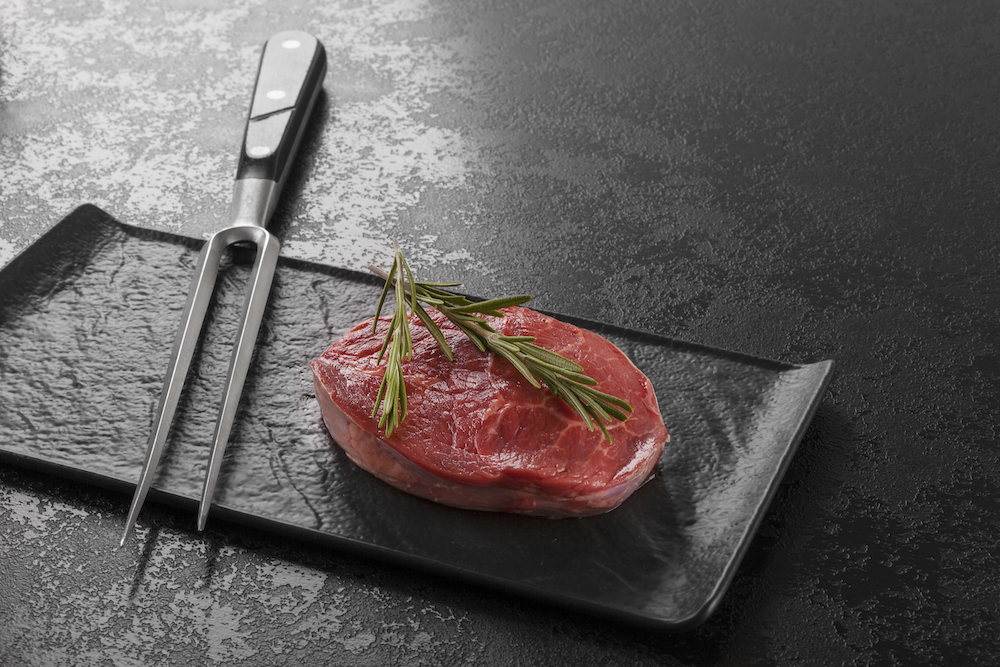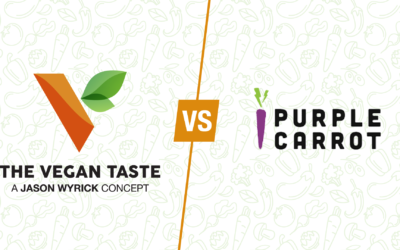What if you could eat a product that looks and tastes like real meat—be it beef, pork, poultry, or seafood (and even dairy and eggs)—that didn’t harm any animals and allowed you to maintain your commitment to veganism? That’s what cellular meat technology, also known as cultivated meat, aims to offer. Created in a lab environment to perfectly mimic the texture and taste of animal-based products, cellular meat technology may be the future of how we eat. And that could mean a host of benefits for people and the planet.
Cellular Meat Technology: Putting Biology to Work
Through synergizing computer science, biopharma, tissue engineering, and food science from animal cells and/or genetically modified yeast, labs can develop alternatives to every type of animal meat, as well as dairy products and eggs. Cellular meat technology enables scientists to mimic the look and taste of traditional meat and provide the same nutritional profile.
The first lab-created burger was developed in 2013 at a cost $300,000. Today, the industry has grown to more than 60 companies across 6 continents, and the cost has decreased considerably due to millions of dollars of funding from investors. Future Meat Technologies is already able to offer a chicken breast for $4 and expects that cost to drop even more.
Note that cellular meat technology differs from the vegan meat alternatives currently on the market, such as Impossible or Beyond. Those are plant-based meats (PBM), whereas the proteins simulated in a lab are referred to as cell-based meat (CBM). Some products incorporate both to create an even better-tasting result, but the goal is to offer a variety of options for people of all tastes.
Pros and Cons of Engineered Meat
While cellular meat technology is not yet available for mass production, industry insiders speculate that the time is coming. The impetus for considering such an option is based, in large part, on our growing population. Currently at 7.3 billion, the global population is forecast to expand to 10 billion by 2050, which will put a huge strain on the farming industry and potentially double the demand for protein sources.
Some of the pros of cellular meat technology include:
- Reduction in land, water, and chemical use for raising and slaughtering animals
- Minimized greenhouse gas emissions
- Better food safety
- Reduced need to raise, farm, and slaughter animals for food
On the flip side, the biggest con of cultured meat is an upheaval of the agricultural industry. That means farmers, ranchers, and fisherman could be displaced, as well as the other industries that are supported by animal farming. Obviously, this is a challenge for those workers, but one could argue that a number of other industries are being displaced due to technology growth around the globe.
The Future of Meat
With so many companies focusing on creating palatable meat alternatives that are on par with the cost of traditional meat, the aim is to convert a portion of the industry sooner rather than later. This could be a boon to meat eaters and vegans, especially those who choose veganism because of a passion for animal welfare and the environment. While cellular meat technology is creating real meat in a different way, it is exponentially more sustainable than today’s more traditional options.
In most instances, the initial animal cells can be used forever, meaning no more animals need to be slaughtered for food. And companies such as Future Meat are even committed to using non-GMO products.
Is cultured meat for you? Maybe or maybe not, but if you actually enjoy the taste of beef, pork, chicken, lamb, seafood, dairy products, and eggs, you may soon be able to eat them again with a clear conscience.
See What’s Cooking at Vegan Taste
While we don’t currently use any cellular meat technology in our meals, that may well be a consideration in the future. Today, though, we use top-quality, plant-based ingredients to create healthy and delicious vegan options for you and your family. Try something new and check out what Chef Jason has on this week’s menu!




